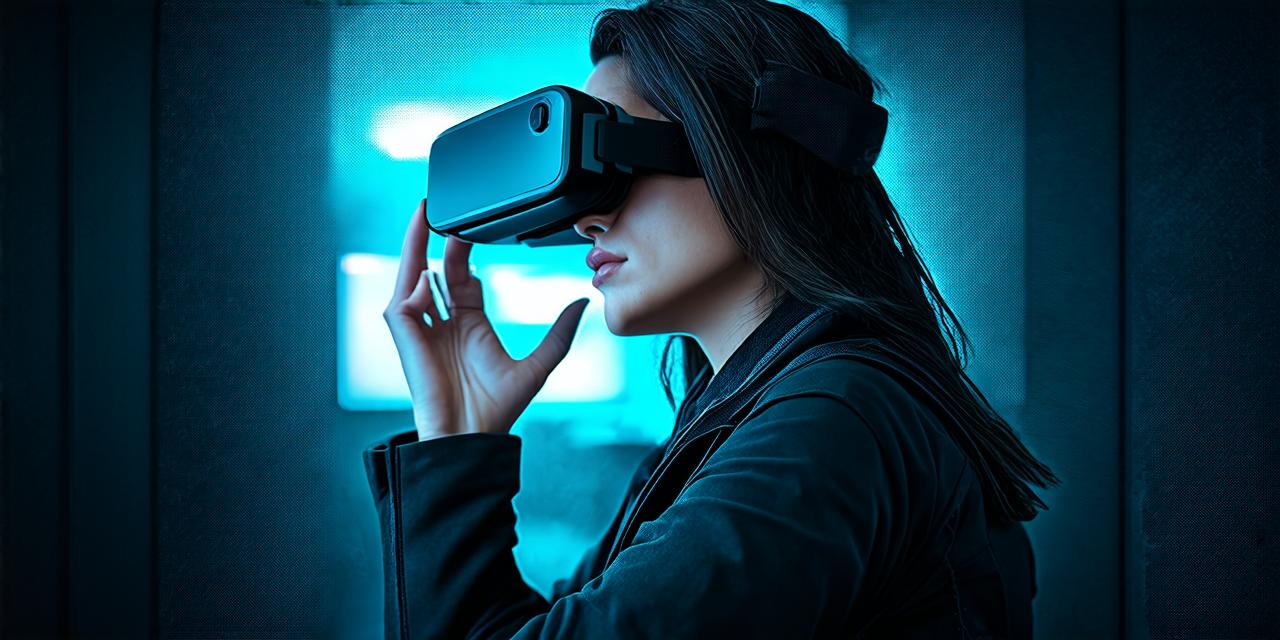Virtual Reality (VR) technology has been rapidly advancing in recent years, with numerous potential benefits for industries such as gaming and entertainment. However, there are also some serious concerns about its effects on users. In this article, we will explore some of these negative impacts and discuss ways to mitigate them.
One major concern with VR is the risk of motion sickness. This can be caused by a variety of factors, including the disconnect between what a user sees and feels in the virtual world. For example, if a user is moving their head quickly while they are sitting down, they may experience nausea and dizziness.
To address this issue, developers can include features that allow users to customize their VR experience, such as adjusting the speed of movements or providing clearer visual cues. Additionally, developers should conduct extensive testing to ensure that their VR experiences are optimized for motion sickness prevention.

Another negative impact of VR is the potential for addiction. As with any new technology, there is a risk that users may become overly reliant on VR and neglect other aspects of their lives. This can lead to isolation, decreased productivity, and even physical health problems such as eye strain and headaches.
To mitigate this risk, developers should include features that encourage users to take breaks and engage in other activities. They can also provide educational resources about the potential risks associated with VR addiction.
Privacy is another concern for VR developers. In order to create immersive experiences, VR devices often require access to personal information such as facial recognition data and location tracking. This raises questions about how this data is collected, stored, and used.
Developers should be transparent about their data collection practices and provide users with clear options for controlling their privacy settings. They should also ensure that their data is securely stored and protected from unauthorized access.
Finally, there are some potential physical risks associated with VR. For example, if a user is not paying attention to their surroundings while wearing a VR headset, they may trip or bump into objects. Additionally, prolonged use of VR can lead to eye strain and other visual problems.
To address these concerns, developers should include safety features such as warning lights or audio cues that alert users to potential hazards in the physical world. They should also provide guidance on how long it’s safe to use VR for at any one time, as well as recommendations for taking breaks and engaging in other activities to reduce the risk of eye strain and other visual problems.
In conclusion, while virtual reality technology has the potential to revolutionize many industries, developers must be aware of its negative impacts and take steps to mitigate them. By including features that address motion sickness, addiction, privacy, and physical safety concerns, developers can create a more positive user experience and help to ensure that VR technology is used responsibly and ethically. As the field continues to evolve, it will be important for developers to stay up-to-date on best practices and continue to innovate in order to address new challenges that may arise.
